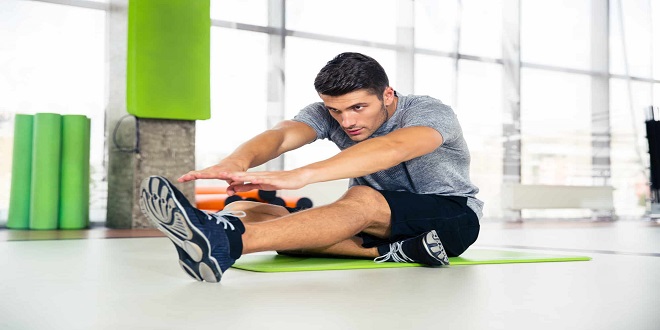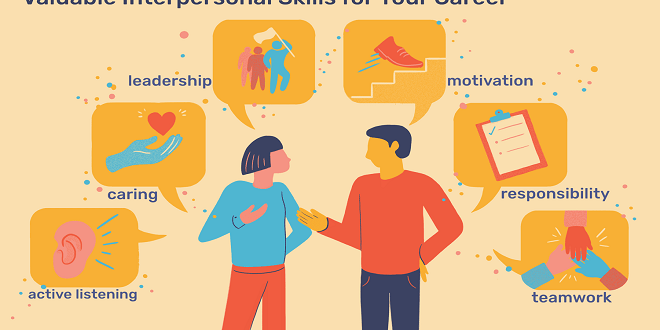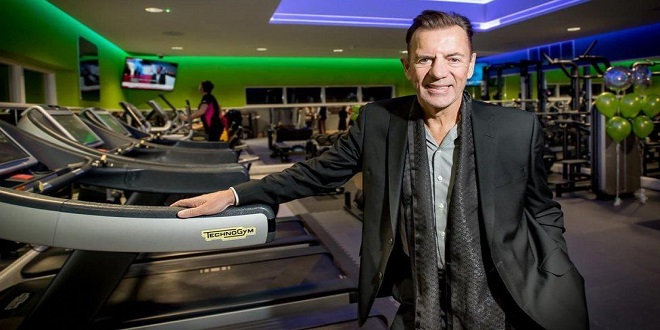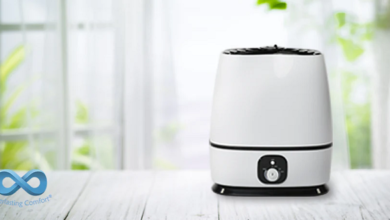
Any movement combines stability and mobility. Stability is not usually absolute. It may mean an area of the body will be held still or move through a controlled pattern during a certain part of an action. When we blend stability and mobility, we are able to control the movement of different body parts, simultaneously holding still and allowing movement where appropriate. A good example of blending steadiness and movement is the stable platform the shoulder blade provides when moving the arm. Without the stability of the shoulder blades, the upper extremities are at risk of injury during movement.
This need for a stable platform has sometimes been misinterpreted as the need for the shoulder blades to be held statically. This is not true. You should be able to control the shoulder blades when you are doing activities that involve the upper extremities without holding them rigidly in one position. For example, during yoga class it is often said that the shoulder blades should be held down and in. That is fine for early movements of the upper extremities, but once the arm is a bit below shoulder height, the shoulder needs to move and rotate.
Otherwise the bone of the upper arm (humerus) and the tip of the shoulder (acromion) will bump into each other, pinching tendons that run between the shoulder blade and arm. It is easy to see where an instruction like this has come from. Many people habitually use their upper trapezius when they raise their arms, which causes the shoulders to lift toward the ears.
Quality Movement Is Distributed Throughout the Body
Every efficient movement should involve the whole body. Some parts of the body will occasionally be stable to allow efficient movements to occur, but eventually all body parts will be involved in an efficient movement. A movement that is isolated to one joint or one small part of the body is not efficient or strong and could eventotally lead to arthritis in the joint that is overused.
Even as I (Stiffen) am typing this, there is movement throughout my body. As I reach my fingers toward certain keys, my body will rotate a bit. The reach is coming from my sitting bones if I am sitting or my feet if I am standing. Try it for yourself in the following movement exploration
How does the breath move the spine and involve it in the typing action? How often do you hold your breath, or breathe very shallowly, when you are typing or doing something else that requires concentration Paying attention to the breath automatically softens your body and allows more of the body to participate.
Paying attention to the breath also ties into the previous principle of allowing a combination of mobility and stability. When you inhale, the body becomes more stable and when you exhale you allow more mobility. That is why in yoga, twists tend to be performed on the out-breath. The body allows for more mobility on the out-breath.
The Higgs Domino Rp event brings excitement to fans. The Live from the Arena: The Showdown Experience immerses viewers in the action. Atmosphere and audience interaction add to the thrill. Broadcasting the event ensures everyone can enjoy the show.
Last word
The body is working against itself. This is a simplified and isolated way to look at coordination. Much more is going on in a well-coordinated movement as the muscles are engaged throughout the body, but for our purposes it is enough to think about the main muscles involved in movement and stability.





